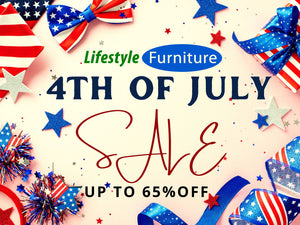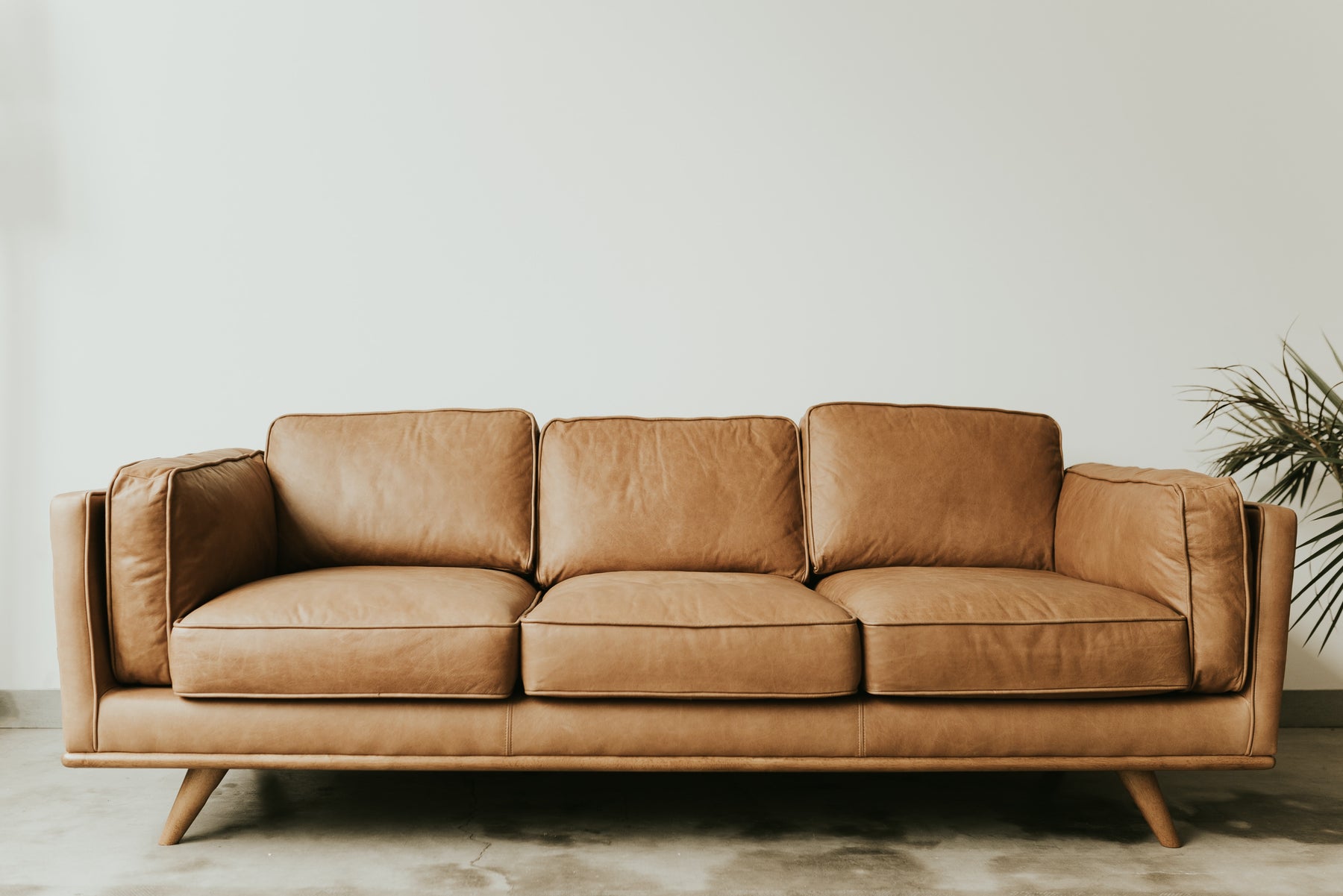
Different Types of Leather
Before purchasing a leather couch or chair, it’s important to know the type of leather that you are paying for. Leather can vary in quality depending on where it was sourced and how it was manufactured. In this post, we will discuss the various types of leather and their characteristics to help you make the best purchase.The most common types of leather include full-grain, top-grain, nubuck, split-grain, bonded, and faux leather.
1. Full-Grain Leather
Full-grain leather refers to leather that maintains its original texture, form, and imprints. In other words, the leather is kept in the same condition that it was before it was pulled from the hide (except for the removal of hairs). Full-grain leather doesn’t contain any polishes or finishes that may affect the look or quality of the leather. It’s the most genuine form of leather that you can purchase–which means it’s also the most expensive.
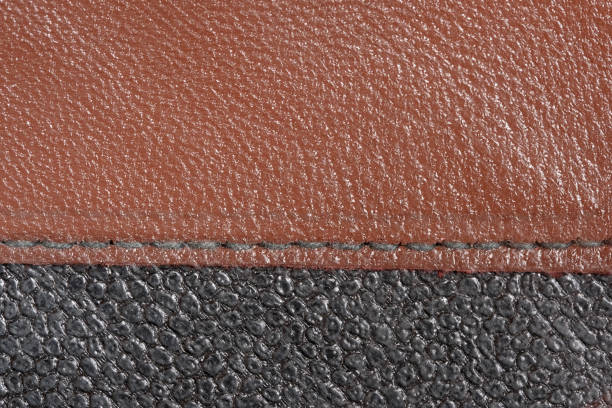
Its texture is initially fairly hard but softens over time with wear. Full-grain leather can be cleaned by using a little mild soap and a microfiber cloth to remove any dents, scratches, or light stains. You can also add oils including mink, coconut, and olive oil to help restore its luster and shine.
2. Top Grain Leather
Top grain leather is also known as “full-grain pigmented” leather or “corrected grain” and is the second most popular type of leather used to make furniture. This type of grain is buffed using machines to remove any surface imperfections from the hide. This gives couches made from it a very soft texture and extends their longevity. It’s more polished leather than full-grain. One of the best benefits of top grain leather is that it is very durable and is fairly easy to maintain–so to say, you won’t need to polish your couch as often.
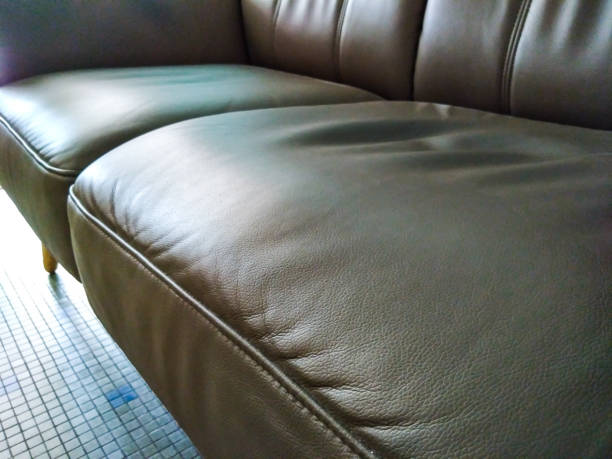
Top grain leather is typically treated with a protective coat or finish to maintain its natural pigment and quality. It essentially only requires a good conditioner application every year to stay soft and supple. It’s best to clean up stains on it quickly, however, as they can set in and will be very hard to remove.
3. Nubuck
Nubuck leather refers to a top grain leather that’s been buffed or sanded to give the hide a suede or velvet-like appearance. You’ll often see shoes and winter boots made of nubuck, as it is typically treated with a waterproofing solution because of its fragility.
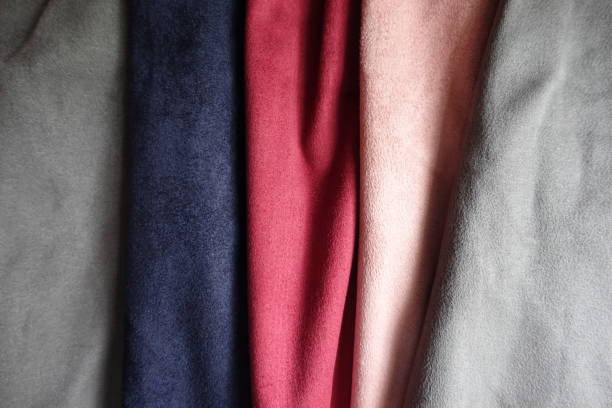
Nubuck-made couches are typically less expensive than full-grain leather couches and may require careful maintenance. The surface of nubuck leather is typically free of imperfections or normal hide prints due to buffing and is generally smooth and even. Add your own waterproofing treatment to the leather after a year or so, to help maintain it. Nubuck leather couches can be cleaned using mild dish soap and a damp microfiber cloth or using any mild leather cleaner.
4. Split Grain Leather
The next most common type of leather is split-grain leather. It comes from the underlayers of top-grain leather. This type of leather is typically cheaper and a bit rougher in texture than full-grain. It’s also more fragile and as a result, split-grain couches are typically more susceptible to damage from stains and scratches. Split-grain leather has a lighter color, tends to feel more like suede or fuzzy leather, and has a shinier quality than top-grain leather. It’s actually processed so that it will simulate the feel and appearance of top grain leather, which makes it a bit harder in texture–though you may not notice this as much when you first sit on the couch.
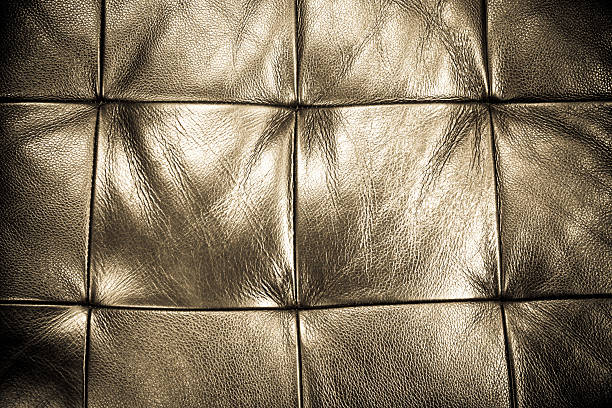
Split grain leather is best maintained by using quality leather cleaners and polishers (you can also use a microfiber cloth with mild dish soap to clean it). Stains on split-grain leather such as make-up, beverages, and grease may prove more difficult to remove, especially in comparison to other leather types. When buying couches made of split-grain leather, it’s important to check the manufacturer’s label to ensure that it is 100% leather, and not composed of other “imitation leather” materials that are used to bond the couch together.
5. Bonded Leather (or Genuine Leather)
Bonded leather is also commonly used to make leather couches and other furniture. It is made of leather scraps and other fibers that have been blended using adhesive and that are then pressed into one large sheet of leather. During this process, the leather sheet is heated and then pressed using industrial irons to add unique textures or embossed specific patterns.

Compared to other types of leather couches, the leather on these couches will be relatively thin and they won’t have the durability of full or top-grain leather couches. Bonded leather is an easy-maintenance type of leather and is one of the more inexpensive types that you can purchase today. These couches can be easily cleaned with a non-detergent or non-alkaline soap, or an approved leather cleaner.
Many manufacturers do not consider a bonded leather “real” leather because it actually only contains anywhere from 10 to 20% leather fibers, and in some cases, might be marketed as “genuine leather”.
6. Faux Leather
The most important thing to remember about faux leather is that it isn’t real leather (it animal hides)–and due to their price-point, faux leather couches are rising in popularity. These types of couches are manufactured from a material that’s a combination of synthetic materials including rubber and plastic. Unsurprisingly, faux leather has come a long way since its first conception and oftentimes can resemble feel genuine leather.

Couches made of faux leather will be durable (not prone to stains and scratches) and won’t require the type of maintenance or careful handling/cleaning that genuine leather couches may. They can also come in various forms, some of which may be soft and smooth to the touch, and others that may be hard or more on the rough side. The price of faux leather couches makes them a suitable option if you were looking to save money and not have to worry about the ongoing maintenance of your couch.
To sum up, we hope that this post has introduced you to the different types of leather and provide you with valuable information on what to look for when purchasing leather furniture.

